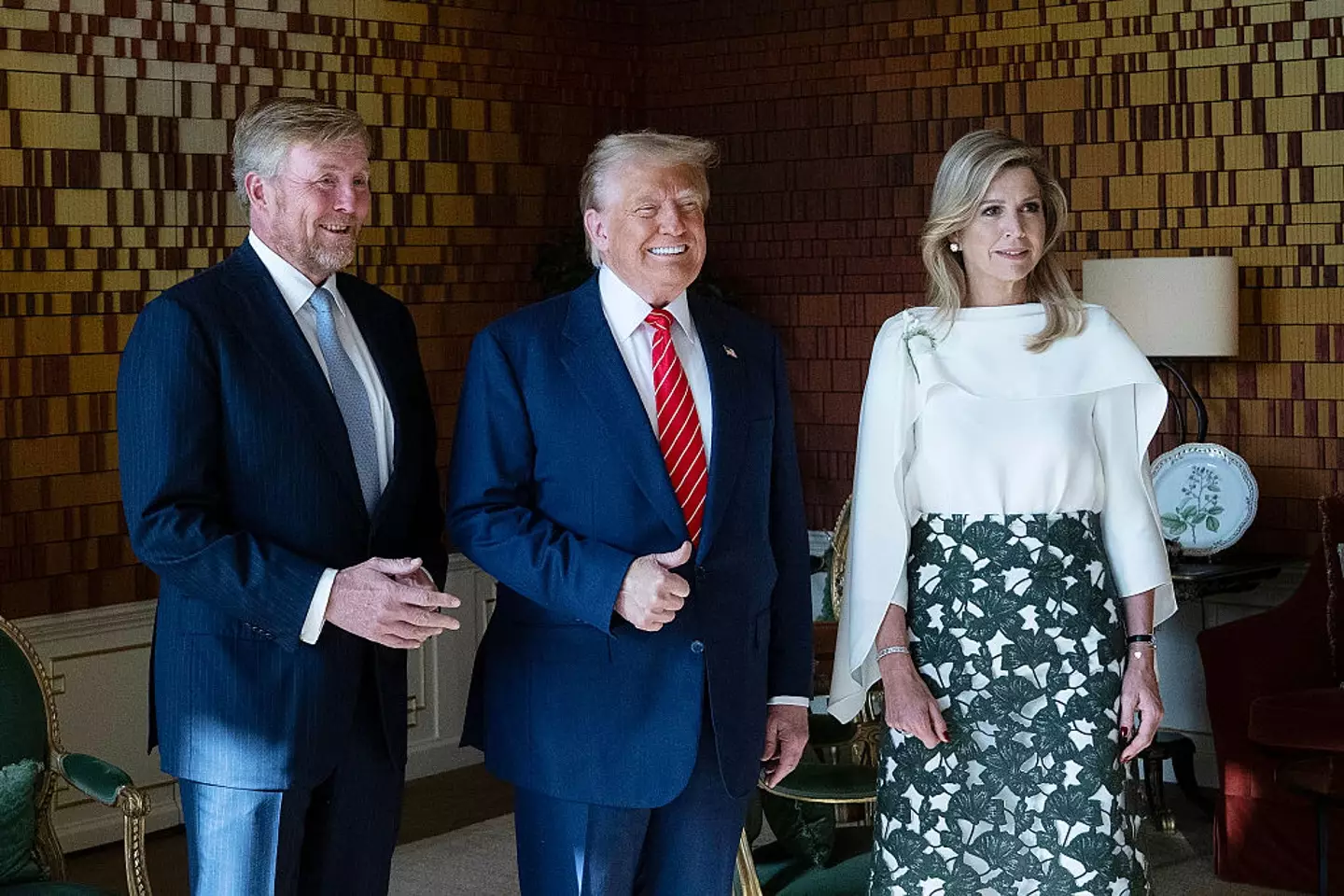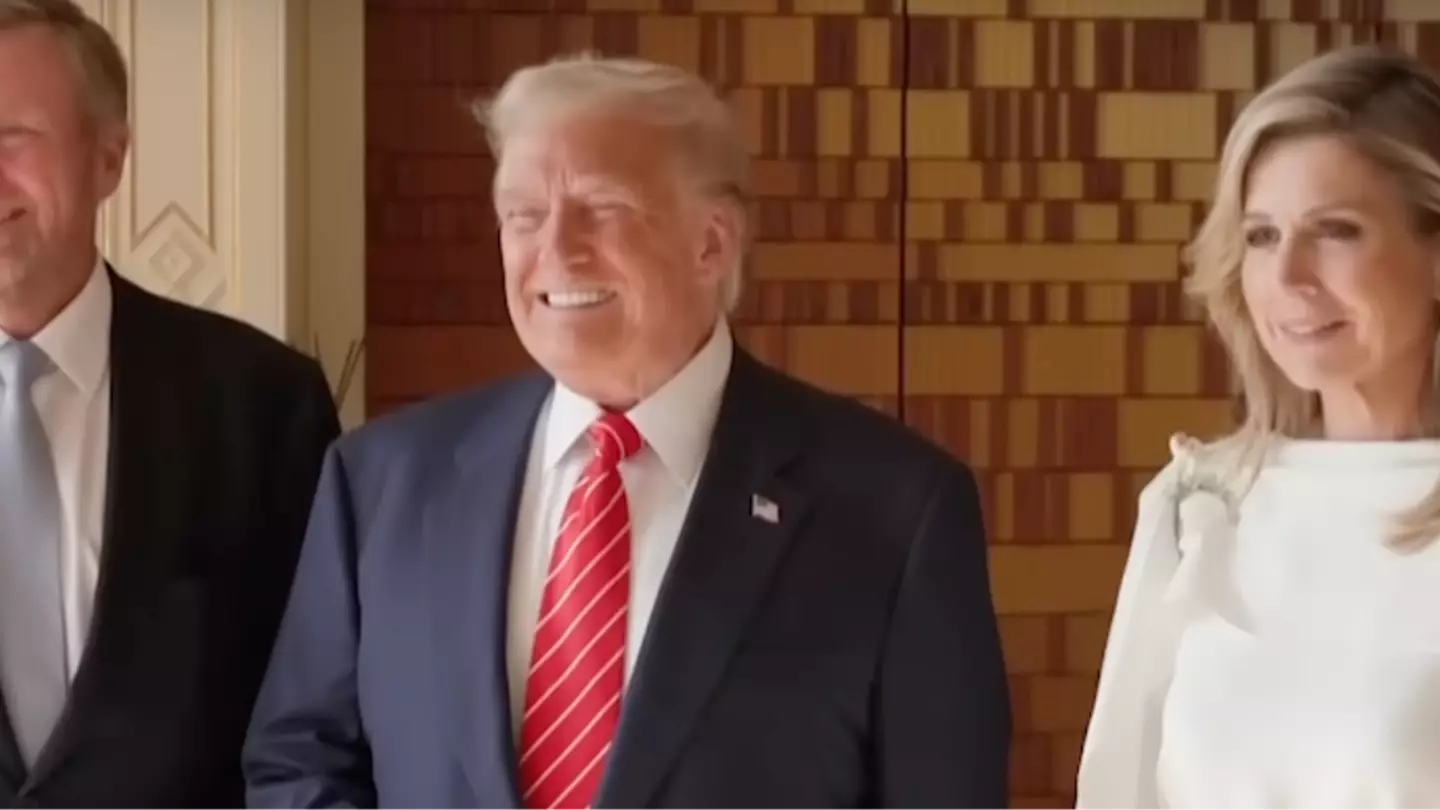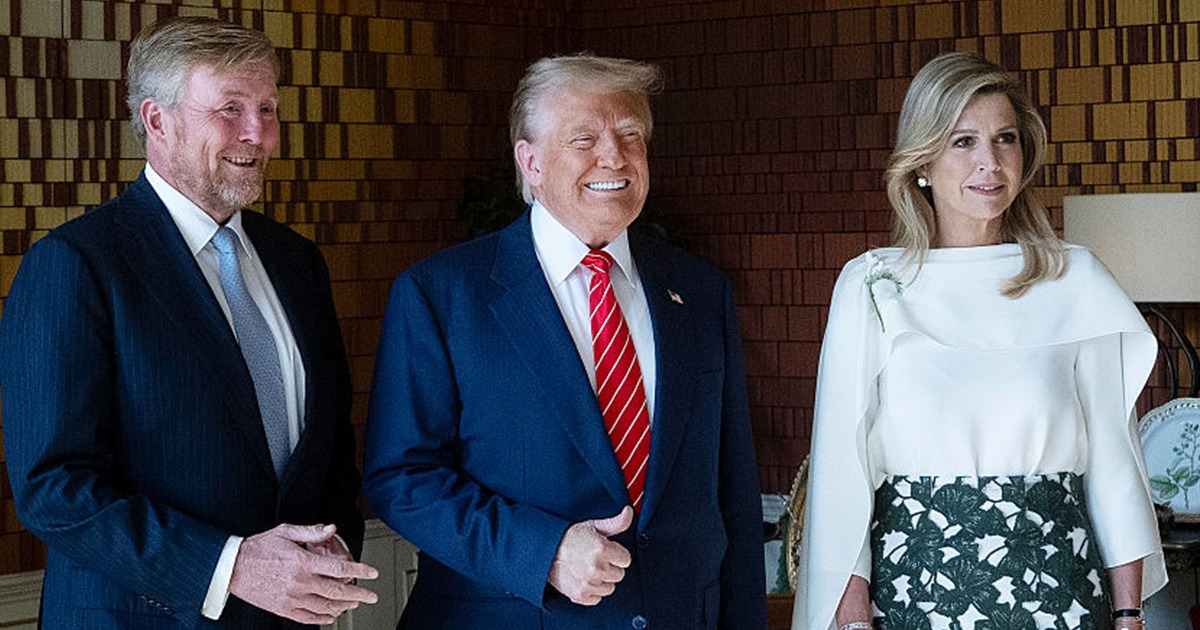President Donald Trump traveled to the Netherlands in June 2025 to attend the NATO summit, marking an important moment for transatlantic relations and defense cooperation. Hosted in The Hague, this summit was notable for being the first time NATO leaders gathered in the Netherlands for such high-level discussions. As part of the formal visit, President Trump met with King Willem-Alexander and Queen Máxima of the Netherlands at their residence, Paleis Huis ten Bosch.

The NATO Summit in the Netherlands
The 2025 NATO Summit took place in The Hague from June 24 to June 26. According to NATO’s official website, the meeting brought together heads of state and government from all 32 member countries to discuss security challenges, strategic defense planning, and alliance cohesion. The summit agenda included approving a new defense investment plan that raises the collective target for defense spending to 5% of GDP—a significant increase designed to strengthen deterrence capabilities in light of evolving threats in Europe and beyond (source: NATO).
Among the key issues discussed were:
-
Increasing defense spending commitments.
-
Improving interoperability among member forces.
-
Addressing hybrid threats, cyber defense, and space security.
-
Coordinating defense industry production to ensure timely delivery of military equipment.
The Netherlands, as the host nation, emphasized alliance unity and the importance of collective defense under Article 5 of the North Atlantic Treaty.
President Trump’s Participation
President Trump arrived in the Netherlands following stops in Washington, D.C. His attendance was part of ongoing U.S. diplomatic engagement with NATO allies. During a press conference, President Trump praised allied nations for increasing their defense budgets and reaffirmed U.S. commitment to collective security.
He also highlighted the role of American leadership in facilitating diplomatic progress on other global security issues. For example, according to the U.S. Department of State, diplomatic channels helped reduce tensions between Israel and Iran after a brief escalation earlier in June 2025. While details of these negotiations remain classified, official statements confirm the involvement of U.S. Secretary of State Marco Rubio, Vice President J.D. Vance, and the administration’s Middle East envoy, Steve Witkoff, in coordination with Qatari mediators (source: U.S. Department of State).

The Dutch Royal Welcome
As is customary during high-level state visits, the Dutch royal family hosted President Trump at Paleis Huis ten Bosch in The Hague. King Willem-Alexander and Queen Máxima welcomed the U.S. president in a formal setting. The visit included a photo opportunity with the three standing side by side in the historic palace, which serves as the working residence of the Dutch monarch.
Paleis Huis ten Bosch is an 18th-century palace with a long history of royal and diplomatic receptions. It has hosted dignitaries from around the world, offering a setting for protocol-driven engagements that symbolize the close ties between nations (source: Dutch Royal House).
Queen Máxima’s Role
Queen Máxima of the Netherlands is known internationally for her diplomatic engagements, both as consort to the King and in her own right. She serves as the United Nations Secretary-General’s Special Advocate for Inclusive Finance for Development (UNSGSA), a position she has held since 2009. In that role, she advocates for access to affordable and safe financial services worldwide (source: United Nations).
During the NATO Summit, the Queen’s participation in hosting President Trump was part of official royal protocol. Photographs of the event showed the three leaders exchanging greetings and posing for official press photos.
There were no confirmed official statements from the Dutch Royal House commenting on the tone or manner of these interactions. In general, the Dutch monarchy maintains a strictly nonpartisan and diplomatic stance during such occasions, representing the Netherlands’ tradition of state neutrality and formal hospitality.

Media and Public Interest
President Trump’s meetings with the King and Queen were widely covered in Dutch and international media. Outlets such as NOS and NRC Handelsblad in the Netherlands reported on the summit and its significance, emphasizing the Netherlands’ commitment to NATO goals and the symbolism of hosting the alliance’s leaders in The Hague (source: NOS).
While social media discussions often focus on body language or perceived nuances during high-profile photo sessions, reputable news coverage primarily highlighted the summit’s policy achievements:
-
Reinforcing alliance unity.
-
Agreeing on increased defense spending targets.
-
Coordinating aid and security measures in Ukraine.
-
Planning for future NATO force deployments.
Such coverage underscores the substance of the summit as a milestone in collective defense planning.

Importance of Diplomatic Protocol
High-level state visits typically follow carefully planned protocols designed to convey respect between nations. The presence of the Dutch royals at the meeting with President Trump symbolized the close relationship between the United States and the Netherlands, which share longstanding diplomatic, economic, and security ties.
The U.S. Department of State describes the Netherlands as a “key NATO ally and important trading partner,” with cooperation spanning defense, counterterrorism, climate change, and trade investment (source: U.S. Department of State).
By hosting the NATO summit, the Dutch government and royal family underscored their commitment to alliance values and security guarantees.
Broader Context: U.S.–Netherlands Relations
The bilateral relationship between the United States and the Netherlands dates back to 1782, when the Netherlands became one of the first countries to recognize American independence. Today, the two nations maintain extensive cooperation across many sectors:
-
Defense collaboration through NATO.
-
Economic ties with over $1 trillion in two-way investment.
-
Shared efforts to uphold international law and human rights.
-
Scientific and technological partnerships.
President Trump’s visit for the NATO summit built on these connections, reaffirming both countries’ commitment to defending shared values and ensuring European stability.

Conclusion
President Donald Trump’s June 2025 visit to the Netherlands for the NATO summit was marked by formal diplomatic engagements with King Willem-Alexander and Queen Máxima. As hosts, the Dutch royal family fulfilled their ceremonial and diplomatic role, reinforcing the strong alliance between the two countries.
The summit itself focused on critical security issues facing NATO members, including boosting defense spending, enhancing readiness, and coordinating responses to emerging threats. It also demonstrated the Netherlands’ leadership as a committed NATO ally and a host dedicated to promoting collective security.
By focusing on the verified outcomes and established diplomatic context, this article aims to provide an accurate, SEO-optimized, policy-compliant overview of the event—highlighting its significance for U.S.–Dutch relations and for the broader NATO alliance.
All claims above are supported by official sources such as NATO, the U.S. Department of State, the Dutch Royal House, and the United Nations.

